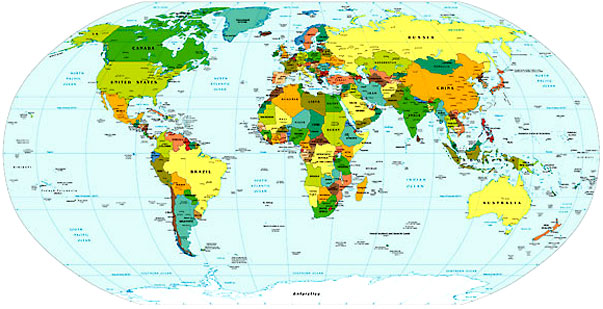 Recently I was reading about icefish, and I’m surprised my mind didn’t stray to Iceland. Of course, the icefish I was reading about were from the Antarctic region, so my mind was down south, but still… Iceland has always been a magical idea to me—increasingly so when I read about its geological wonders and the Icelandic sagas. On 17 June Iceland celebrates its National Day—the anniversary on which, in 1944, they Iceland became a republic.
Recently I was reading about icefish, and I’m surprised my mind didn’t stray to Iceland. Of course, the icefish I was reading about were from the Antarctic region, so my mind was down south, but still… Iceland has always been a magical idea to me—increasingly so when I read about its geological wonders and the Icelandic sagas. On 17 June Iceland celebrates its National Day—the anniversary on which, in 1944, they Iceland became a republic. It’s amazing to think that Iceland has been settled since 874—it seems like one of those outposts (not as isolated as St Helena or other southern islands, but still…) But even as a seeming outpost, when the volcano Laki erupted in 1783-1784, not only did the eruption cause a famine that killed a quarter of the Icelandic population, but dust clouds and haze appeared over most of Europe and spread as far as sections of Asia and Africa for months after the eruption.
 In the 13th century, Iceland came to be under Norwegian sovereignty; in the late 14th century, possession of Iceland passed to the Denmark-Norway union. In contrast to their current status, during the middle ages Iceland became one of the poorest countries in Europe. When the black death arrived in Iceland, it killed about half the population. Later, in the 18th century, a smallpox epidemic killed a third of the population, before Laki wreaked havoc all over again.
In the 13th century, Iceland came to be under Norwegian sovereignty; in the late 14th century, possession of Iceland passed to the Denmark-Norway union. In contrast to their current status, during the middle ages Iceland became one of the poorest countries in Europe. When the black death arrived in Iceland, it killed about half the population. Later, in the 18th century, a smallpox epidemic killed a third of the population, before Laki wreaked havoc all over again.Cheerily, when Denmark decided to impose Lutheranism on Iceland, the last Catholic bishop of Iceland was beheaded. Not surprisingly, the Icelandic population subsequently became Lutheran, and this is still the dominant religion. And when the Denmark-Norway union broke up after the Napoleonic Wars, Iceland remained a Danish dependency. Following this, an independence movement arose—led by Jón Sigurðsson—which led, incrementally, to Iceland’s independence. In 1874, Iceland was granted home rule; this was expanded in 1904. In 1918, Denmark recognized Iceland as fully sovereign, under the Danish king. This agreement expired in 1943, and in 1944 Icelanders voted on whether to remain in union with Denmark, or to become a republic. The republic won out—with an emphatic 97 percent of the vote—and the republic was formally inaugurated on 17 June, 1944.
And, with the Icelandic sagas, of course Iceland has a place in the literary canon. (Incidentally, when Pico Iyer writes about Iceland he tells us that the best seat on an Icelandair flight will be in Saga Class.) More recently, Halldór Laxness won the Nobel Prize for Literature in 1955.
Today’s poem is by Kristín Ómarsdótter, and comes from New European Poets.
Closed Bridal Night
A veil cushioned the bottom of that coffin.
In a grave lies a bride
with gifts in
her lap.
Ribbons in pale colors and white
tissue paper.
Visiting cards.
Dressed
in a crocheted dress,
lace stockings, shoes
and gloves.
Serpentine locks.
A veil cushioned the bottom of that coffin.
A face of salt
and sensitive
dusty eyes.
A veil cushioned the bottom of that coffin,
Many messages from bottles
were written there.
—Kristín Ómarsdótter
translated from the Icelandic by Bernard Scudder
from New European Poets


No comments:
Post a Comment